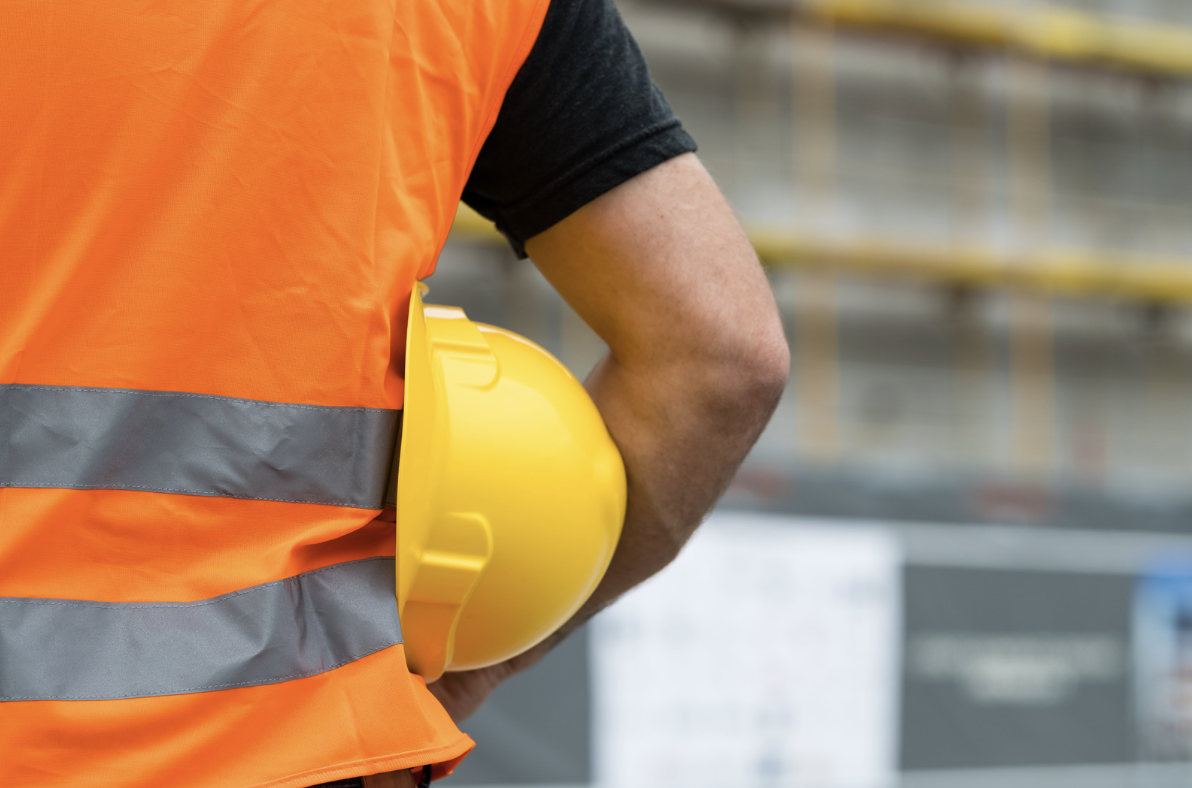
Workers in a variety of industries are united by the necessity for protective equipment despite Australia’s wide and diverse geography, which includes both rough outback and bustling urban centres. Wearing the proper protective gear from Livingstone is crucial everywhere there are building sites—whether they be in Sydney, regional Queensland, Western Australia, or agriculture.
Construction Industry
Construction is one of the main industries where head protection is required and cannot be waived. Building projects are a common sight in cities like Melbourne and Brisbane, where workers are frequently working at heights or near heavy machinery. Hard hats provide a vital first line of defence against flying debris and potential head injuries, making them the hidden heroes of this sector.
Agriculture Division
Specialised head protection is also necessary for Australia’s agriculture industry, which is the foundation of the country’s economy. While operating heavy machinery, farmers and agricultural labourers endure uncertain weather or labour in the scorching sun. Wide-brimmed protective hats protect against impacts and severe Australian weather since they are composed of strong, UV-resistant materials.
Mining Sector
Since miners must dig deep underground to collect rich resources, head protection is essential in the mining sector. Miners have to cope with a lot of risks, like the potential for falling boulders or other debris or even being near poisonous materials. The industry’s dedication to safety and innovation is shown in the features included in helmets made for mining environments, such as integrated lights and communication systems.

Relevance to Companies
Beyond issues of personal safety, wearing headgear and other protective clothing has larger business implications. In addition to putting the health and welfare of employees at risk, workplace injuries can result in significant financial losses for firms. If insufficient safety measures are taken, there could be equipment damage, accident downtime, and compensation claims.
Investment in Business
Australian companies invest in high-quality protective apparel as part of their risk management plan because they understand how important it is to keep their employees safe. They understand how much more resilient and effective a worker is who has proper protection. Respecting these standards is a shared commitment to fostering a safe working environment, in addition to being mandated by law in a country with stringent occupational health and safety regulations.
Technological Progress
Protection apparel is becoming more innovative as technology progresses. Research and development initiatives in Australia are always pushing the envelope to produce equipment that not only satisfies safety regulations but also improves comfort and usefulness. Contemporary headgear today incorporates customisable features, ergonomic designs, and materials that are both lightweight and durable.
Key Considerations When Purchasing Protective Clothing
Hazards Identification
Carry out a comprehensive evaluation of the possible dangers that workers can experience at work before making any purchases. Chemical exposure, falling objects, extremely high or low temperatures, and electrical hazards are all included in this category of risks. The recognition of specific risks will be used as a guide to choosing the right safety equipment for the task at hand.
Observance of Standards
Australian occupational health and safety rules are very strict when it comes to how protective apparel is designed and used. To ensure that any equipment you buy is both legal and functional, make sure it conforms with all applicable Australian Standards. Compliance guarantees that the apparel has passed stringent testing and satisfies protection-related requirements.
Material and Durability
When manufacturing protective clothes, choosing the right materials is essential. Clothes might require to endure flames, chemicals, abrasions, or punctures depending on the type of employment. It is usually advised to use durable materials like flame-resistant textiles, Kevlar, or high-density polyethylene. Take into account the garment’s durability and ability to endure the demanding work environment.
Comfort and Fit
Comfort has a major role in how effective protective clothing is. Employees are more likely to wear comfortable gear on a regular basis. Seek apparel with features including ergonomic designs, breathable fabrics, and adjustable straps. It is equally crucial to make sure the garment fits properly because an improper fit might compromise the item’s protective qualities and increase dangers.
Visibility and Reflectivity
Clothing with high visibility and reflecting qualities is crucial in fields like construction and roadwork where low visibility is an issue. This lowers the possibility of accidents by improving workers’ visibility, particularly in low light.
Weight
Take into account the head protection’s weight, particularly when doing jobs that call for prolonged wear. Lightweight materials can improve comfort and lower the chance of weariness or neck strain.
Comfort of the User
Think over the head protection’s overall comfort, taking into account elements like sweatbands, inside padding, and the overall style. Wearing comfortable headgear promotes regular use and lowers the possibility that employees may take it off because it hurts.
Ease of Maintenance
In order to ensure that protective apparel remains effective over time, it should be simple to clean and maintain. Take into account whether the clothes can be washed in a washing machine, are stain-resistant, or need extra attention. Simple maintenance helps maintain hygienic standards and extends the equipment’s lifespan.
Weather Conditions
Australian workplaces encounter a variety of climatic extremes, ranging from intense heat waves to deluges of rain. It’s important to choose protective gear that fits the current weather conditions. For hot climates, this could mean wearing garments with integrated ventilation or, for damp situations, using waterproof materials.
User Feedback and Reviews
Prior to completing a purchase, do some research and ask people who have used the particular protective apparel under consideration for their opinions. Practical experience can offer insightful information on the functionality, robustness, and comfort of the equipment.
Conclusion
Wearing protective clothing, especially head protection, is crucial in Australian workplaces. Having enough equipment is crucial to guaranteeing the safety of workers in various settings, including mining, agriculture, and construction sites. Notwithstanding the legal obligations, it is also the fundamental duty of people and organisations to safeguard the security of those who contribute to the growth and prosperity of the country.




